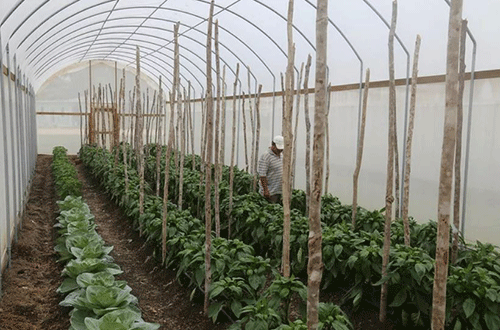Namibians can expect to see an increase in certain food products and beverages as food production and exportation in Ukraine is likely to be disrupted by the ongoing resistance battles against Russia.
A report issued this week by Simonis Storm highlighting the potential impacts of Russia’s special military operation in Ukraine, said Ukraine is the world’s largest exporter of many food products such as sunflower oil, potatoes, corn, eggs and barley, meeting the food security needs of about 600 million people, representing 8% of the global population.
The report said in 2021, Namibia already experienced significant annual price increases in some of the food products in which Ukraine is a large global producer or exporter, such as cooking oil, which increased at 21.4% on average.
“Namibia being both a direct and indirect (through South Africa) importer from Ukraine, this will negatively impact local food prices in Namibia, which remains a net importer of some of the products produced by Ukraine,” it said.
It further indicated that alcoholic beverages and tobacco were the third-biggest drivers of inflation, accounting for about 11%, and global beer-producing countries are likely to scramble for barley.
It said Namibia currently does not have any barley-producing operations, and therefore remains vulnerable to global barley prices, which could lead to an increase in beer production costs and ultimately higher consumer prices for different beer products.
“Annual monthly beer inflation has averaged 2.3% in the last two years and could rise further, depending on the lower global supply of barley. Barley is also a component of animal feed, and could implicate input costs of farmers worldwide, leading to higher livestock prices,” it continued.
The report said direct trade between Namibia and Ukraine has decreased post the Crimea, Luhansk and Donetsk conflict in 2014, noting that the main export products were grapes; precious stones; diamonds; manganese ore; iron fasteners; ivory and tanned fur skins.
The main import products from Ukraine into Namibia include poultry meat, malt, seed oils, wheat, engine parts, packaged medicaments, refined petroleum and electric batteries, amongst others.
The report stated that food insecurity and price increases could inflame social unrest, conflict and heighten ethnic tensions, noting that countries across the globe, therefore, have an interest or incentive to bring about peaceful reconciliation between Russia and Ukraine. -Nampa


